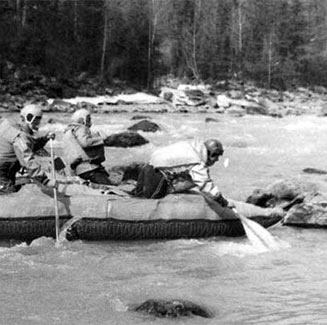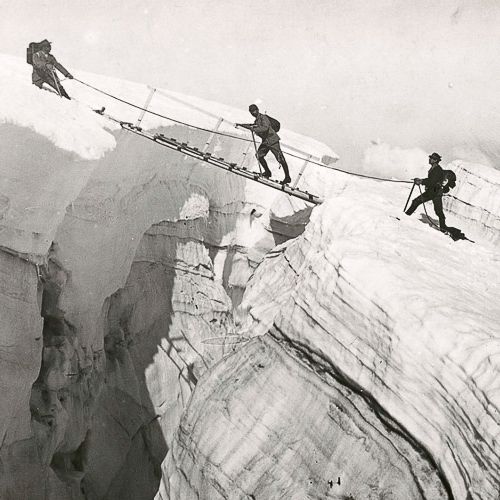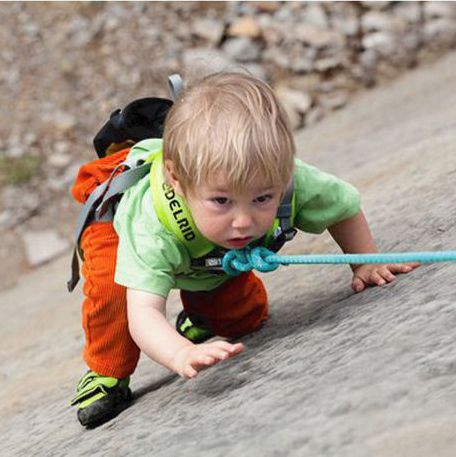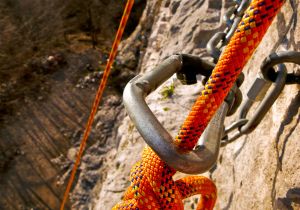 Climbing Techniques and Competitions
Overcoming your fear, you climb upward and onward along the rock face.
Climbing Techniques and Competitions
Overcoming your fear, you climb upward and onward along the rock face.
If your first clumsy steps on a climbing route once made people smile (just like watching a baby take their very first steps), now is the time to polish your skills, turning them into professionalism.
The “tasty reward” for your hard work is a rank, which can only be achieved by participating in competitions.
As with many sports, the highest rank in climbing is International Master of Sports.
The journey toward this title begins with the third rank, then progresses to the second, the first, Candidate Master of Sports (CMS), and finally, Master of Sports.
Reaching the level of a Candidate Master of Sports is relatively achievable, provided you have the desire. Competing—even at the city level—can yield impressive results.
A rank can serve as motivation to pursue this sport if you are driven by a competitive spirit. However, beyond the competitive aspect, climbing can also have recreational and extreme adventure components.
How to Choose Climbing Shoes ->
How Climbers Compete
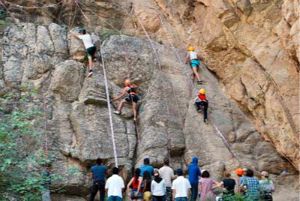 Climbing Difficulty Categories
There is a grading system for rock climbing routes.
Climbing Difficulty Categories
There is a grading system for rock climbing routes.
Difficulty is indicated by an Arabic numeral and three English letters (A, B, C).
The higher the number and the further down the alphabet the letter, the more challenging the route.
A route’s category is determined by the complexity and length of the rock face. For example, a 3A route represents a vertical wall with convenient holds, while a 7A route should be manageable for someone at the CMS level, and a 9A route is a challenge for only the most elite professionals.
Sport climbing competitions usually take place on artificial terrain ( climbing gyms ), creating a dramatic and exciting spectacle. Competitions can be based on speed, difficulty, bouldering, or team work.
Read about climbing gyms in Moscow ->
- Speed climbing competitions can be individual, in pairs, or even relay-style.
This is an impressive spectacle: climbers perform complex, coordinated movements at maximum speed.
Watching this, you might feel an urge to try it yourself—after all, the pros make it all look so easy!
For such competitions, relatively simple routes are set up, and top-rope belay is used.
- Difficulty competitions are held individually.
This is because the routes tend to be complex and long. A climber receives a score based on the height they reach. Bottom belay is used .
Difficulty competitions have two formats: on-sight and afterwork.
In the first format, the athlete tackles the route for the first time without prior familiarity. In the second, climbers preview and prepare for the route before the actual competition.
But don’t be misled into thinking the afterwork format makes things significantly easier: a single encounter with a route won’t reveal all its secrets.
- Bouldering is a relatively young discipline within competitive rock climbing.
It began to evolve around the 1990s but has since gained a growing number of enthusiasts.
To host bouldering competitions, a climbing gym is essential. Routes are set to be challenging, and the key feature is the complete absence of belay systems. Routes are limited to 5 meters in height, with crash pads below providing protection, allowing athletes total freedom.
Bouldering is considered one of the best ways to showcase a climber’s skills, even more so than difficulty-based competitions.
- Team competitions are more closely associated with traditional mountaineering.
Two climbers must complete a route within a set time or achieve a certain elevation together on a climbing route. Success depends on seamless coordination and teamwork between the two athletes. These competitions follow alpine climbing rules.
That said, to participate in competitions and achieve ranks, you must (as cliché as it sounds) work, work, and work on your movement coordination. Like a morning workout, it needs to be regular. But don’t make it a sad chore; you can find joy in climbing practice sessions too .
Climbing Technique
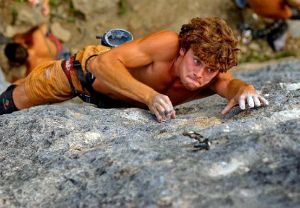 Basics of Rock Climbing
Basics of Rock Climbing
Every sport has a set of specific predispositions that can make a person suited to it. Rock climbing is no exception.
Here too, there are many nuances beyond height and weight. The length and thickness of fingers and toes, flexibility, stretchability, and grip strength are all important factors.
However, never give up on your dream of completing a challenging route in the 9A category just because your fingers are short. There is a term called “rock climbing technique,” and it is your key to success.
To master the “feel of the terrain,” you just need to climb a lot, accumulating the number of completed routes (even if they are very simple!).
When you approach the rock, imagine the simplest way to ascend – as if climbing a ladder. Both your hands and feet are involved. Let’s take a closer look at techniques for hands and feet in rock climbing.
Be sure to observe professional climbers, mentally mapping out the route (and thinking, “How would I approach it?”). And believe in your talent as a climber!
What is included in climber training ->
The technique for using your hands involves gripping holds in various ways:
from above;
from below;
from the side;
using all your fingers;
or using one or two fingers.
The grip can be:
open (fingers slightly bent);
closed (fingers bent, used for small holds);
undercling (the hold faces downward, and the palm forms a cupped position).
The technique for using your feet is more diverse. However, there are key methods:
split positioning (using the strength of your thigh to reach a hold – a tactic of a skilled climber);
foot weighting (like “sitting on the foot,” and pros have even learned to rest this way);
opposition (a classic method when climbing between two rocks or in a corner);
frog position (requires excellent hip joint flexibility).
By mastering these techniques, you will develop remarkable flexibility and achieve incredible stretch.
Once you take your first confident step vertically, you’ll want to take a second, even more confident step. After completing an easy route, your legs and arms will be eager to tackle a more difficult path.
Horror movies about climbers ->
And who knows, maybe you are destined to become an international master of sport in rock climbing?
Video
Get inspired by the spirit of bouldering:
